|
By Duke Autret, Myotherapist Hypermobility Spectrum Disorder (HSD) and Ehlers-Danlos Syndrome (EDS) present unique challenges for individuals due to their impact on connective tissues, resulting in increased flexibility and susceptibility to joint pain and instability. While HSD is considered less severe than EDS, it still significantly affects the quality of life for those affected. Myotherapy emerges as a valuable approach to managing the symptoms of both conditions, offering relief and improved functionality. Understanding the Connections between HSD and EDS
The broad umbrella encompassing both of these conditions is called Hereditary Connective Tissue Disorders (HCTD). Both HSD and EDS share numerous symptoms, but they also exhibit critical distinctions. HSD encompasses individuals with hypermobility who don't meet the criteria for an EDS diagnosis. EDS, on the other hand, is a genetic connective tissue disorder with the possibility of also affecting the skin, joints, and blood vessels and even heart. Hypermobility Spectrum Disorder (HSD) and Ehlers-Danlos Syndrome (EDS) present unique challenges for individuals due to their impact on connective tissues, resulting in increased flexibility and susceptibility to joint pain and instability. The exact causation of these conditions remains elusive, though it's believed to stem from a blend of genetic predisposition and environmental factors. While some may inherit a susceptibility from genetics, others may develop it due to joint injury or overuse. HCTD manifests primarily with joint pain, stiffness, and instability. Additional symptoms include fatigue, digestive issues, headaches, and challenges with balance and coordination. Myotherapy Interventions for Managing HSD Myotherapy serves as an effective approach in alleviating the symptoms of HSD, offering tailored techniques to address joint pain, muscle stiffness, and fatigue while promoting overall well-being.
Embracing Relief through Myotherapy Hypermobility Spectrum Disorder poses a myriad of musculoskeletal challenges, impacting joint stability, and inducing pain and discomfort. Myotherapy can be a helpful treatment avenue, offering a range of techniques tailored to manage symptoms effectively and support long term stability through exercise. If you're grappling with HSD, consider integrating myotherapy into your treatment regimen to embark on a journey toward an improved quality of life. All of our therapists can help you with hypermobility related symptoms, and booking online is quick and easy to begin your treatment. By Peter Pascalis, Clinical Myotherapist When joints become stiff and sore we can be very aware of them. Standing from a chair can make us feel like we've aged 30 years. It can feel hard to do the most basic of things, like just straightening or bending your knee or elbow. We can feel a sharp jabbing sensation somewhere in our neck, our back, or any other affected joint. Joint dysfunction can alter muscle patterns, often creating compensations which cause further stress on neighbouring tissues, and changes to our ability to sense our body in space. So what can we do about it? In order for joints to move nicely on each other a certain degree of motion must be available or we end up with faulty motion and the potential for pain, inflammation, scar tissue, and overly worked soft tissue. The assessment of these joint movements requires the clinician to observe active and passive range of motion (termed as physiological and accessory motion) which are the small movements we cannot consciously control but which must exist to ensure the congruency and optimal function of joint surfaces. A reduction in joint glide or slide can cause dysfunction of the musculoskeletal system often leading to pain and stiffness, not to mention more serious pathology like a disc herniation and chronic pain may be a result of ongoing joint issues. In our clinical experience it is common to find these faulty joints often termed as hypomobile, meaning that they move less than other joints above or below them. Hypomobility will increase the tension on adjacent joints making the inert tissues such as ligaments prone to stretch. This micro trauma can initiate an inflammatory response with scarring of tissue and further reduction of movement and pain. Due to the close proximity of spinal nerves, muscles and body systems can be affected often with increases in painful areas. Mobilisations are graded in 4 stages which correspond to the amount of movement and force applied by the treating practitioner. The assessment of movement and pain precedes an informed decision to mobilise joints and this must be agreed to by the client. Grades 1 & 2 are used to reduce pain and grades 3 & 4 to increase mobility. Is a mobilisation the same as when a Chiropractor cracks your joints? What sets mobilisations apart from high velocity thrust manipulations (the 'cracking" of the joints) is that manipulations are produced by progressing beyond the physiological limit of a joint range whereas all 4 grades of mobilisation are within the range of the joint. This is why a pop is heard during a Chiropractic manipulation, which is the release of gases from the joint surface. Both mobilisation and manipulation have similar physiological effects on joint movement and soft tissue responses and are carried out by professionally trained clinicians. As Myotherapists we are trained and insured to perform all 4 grades of mobilisations. Joint mobilisation can reduce sensitivity to painful stimuli and changes to the sympathetic nervous system. For a more in depth understanding of the physiological and neurological effects of joint mobilisations please refer to the blog titled I’m In Pain: How Can Myotherapy Help? When pain reduction and improvements of movement have been achieved another technique called Mobilisation With Movement (MWM) developed by Physiotherapist Brian Mulligan can further create pain free movement in the most restricted movement, meaning that the movement which causes restriction can be directly targeted with accessory glides whilst the patient performs the action. These are generally pain free and improvements can be seen instantaneously. The benefits of such a treatment is that patients can see and feel the immediate improvements in range and further progress can be achieved with sports taping to support the new range. Although mobilisations and mobilisations with movement are preferably performed on skin these techniques can certainly be effective for patients that prefer to be fully clothed for their treatment. The treatment belt is used for stabilisation during treatment and to mobilise the patient while movement occurs. As mentioned earlier a thorough assessment is performed to identify the hypomobile joints however sometimes we can also find joints that are moving more than would be ideal - these are termed hypermobile joints.
Hypermobile joints have the opposite problem, they have too much freedom to move and this can cause muscular pain as your muscles work overtime to stabilise the joint. For this type of joint problem we would prescribe exercises rather than increasing mobility at an already hypermobile joint. Mobilisations and MWM’s are a couple of wonderful treatment techniques underpinned by extensive research and clinical efficacy which are used to improve pain and function. Book with me for a thorough assessment and treatment plan for your joint pain, whether its stiff achy hypomobile joints or sore fatigued and over worked muscles stabilising a hypermobile joint. I'm available Mondays, Wednesdays, Thursdays and Saturdays, and you can make an appointment with me online or phone the clinic on 03 8204 0970 to book in. Getting a Remedial Massage or Myotherapy appointment is becoming even easier now that we have two new therapists joining our Rowville team! Join us in welcoming our two great new practitioners to the Simple Wellness clinic! Kel Levi will be joining us from Wednesday July 27th. Kel is an experienced Myotherapist who is currently working alongside AFL Premiers Melbourne Football Club helping their players during and after their matches. She's also a qualified personal trainer, and has a wealth of knowledge in the health and fitness realm. She has a great firm massage style, loves to use dry needling to help reduce pain and improve movement, and can use her extensive background in fitness and exercise to help you find ways to stretch and strengthen your trouble areas with ease. Myotherapy and Remedial Massage with Kel can be claimed through our HICAPS machine with private health insurers like BUPA, Medibank, HCF and all other health insurers. Kel will be available: Mondays and Wednesdays 9-12, and occasional Fridays (when Melbourne Footy Club don't need her expertise in the club rooms!) Colette Corr is our new student Myotherapist, who is starting with us on Tuesday August 2nd. Colette is a final year Bachelor of Health Science Myotherapy student, which means she's completed the vast majority of the 3 year Bachelor degree program and is down to the last few subjects, including student clinical hours. We'll be offering discounted treatments with Colette while she's finishing up her degree. In addition to Myotherapy, Colette is also a yoga instructor with over 5 years experience, and loves to work with people with chronic pain and hypermobility/Ehlers Danlos Syndrome. As Colette is a student, private health claims can't be made for treatments with her. Colette will be available: Tuesdays 2-7 and Saturdays (alternating between morning and afternoon shifts) As always, bookings with our team of fantastic therapists can be made instantly online or by phoning us on 03 8204 0970.
We've all experienced a joint making a click, crack or crunch noise at some point. Some people much more than others. But what is it that causes a joint to become noisy like this? And does it spell bad news for your joints down the track? Cavitation - The Gas Bubble
Cavitation is normal and not dangerous. Most popping and cracking joint noises are likely to be caused by cavitation - that is, the formation of a gas bubble within the joint. Now you may have heard that joint noises are the popping of an existing gas bubble within the joint, however an interesting study published in PLoS One (Public Library of Science) in 2015 used real time visualisation of a joint under MRI to see exactly what occurs in the joint space when you crack a knuckle. What they found was that when the joint separated, it formed a bubble, rather than popping an existing bubble. Its called tribonucleation - this complicated sounding word describes the process of creating gas bubbles between two objects. It involves two solid surfaces that are covered in a liquid that contains dissolved gas. The surfaces resist being pulled apart because the liquid creates a suction effect, until enough force is generated to suddenly break the contact with each other, resulting in creating a gas bubble. In a joint, the solid surfaces are the two bones and articular cartilage surfaces that form the joint. The liquid containing dissolved gas is the joint fluid, called synovial fluid, that lubricates the joint surfaces to make it easy and smooth for the cartilage-covered bony ends to slide over each other. When a joint is put under enough force, the bony ends can be moved far enough from each other to break their contact momentarily, and cause that familiar pop noise. This can happen from purposefully trying to crack a joint, like cracking your knuckles, or from movements like squatting which can make your knees crack, or doing a spinal twist stretch which might crack your back either intentionally or unintentionally. People with hypermobility in their joints can experience a lot more popping and cracking noises than other people. This is because their joints tend to have more freedom of movement due to having stretchy ligaments so its easier for cavitation to occur. The role of ligaments is to connect the two bones of a joint together and keep it stable and stop the bony ends from separating. Will it cause arthritis? Its unlikely that cracking your knuckles and achieving that satisfying cavitation "pop" will cause you to develop arthritis in the long term, there are many more factors involved in developing arthritis. Movement of Tendons over Joints These sounds tend to be more of a snapping type of sound, because its the sound of the tendon moving over a bony area of the joint. Tendons are the strong connective tissue bands that connect muscles to bones, and for muscles to move a joint they need to cross over it. This means that sometimes the tendon will have to slide over a bony point where it will have to stretch like a rubber band to maneuver it, and will "snap" back due to elasticity of the tissue. Common snapping sounds from tendon movement can be heard in the knees, hips and shoulders. These movements shouldn't be painful, but if you do start to feel pain when you're hearing or feeling the movement of the tendon over your joint, get it checked out. Your myotherapist may be able to make a big change to the discomfort through simple muscle relieving techniques. Changes in Articular Cartilage Sounds from changes in articular cartilage tend to sound crunchy, crispy or "like gravel". Its called crepitus, but the sound is often worse than the sensation, and many people don't feel any pain at all. The term "bone on bone" gets thrown around, and this scares a lot of people because they visualise the bones literally grinding away at each other. The reality is that the ends of our bones are covered in articular cartilage, which is a smooth, squishy padding on the ends of bones that makes movement easy, fluid and painless and which prevents any direct "bone on bone" contact. Over a lifetime there will be normal changes to your cartilage, just like there is to a car, or a pair of shoes, or a well used garden pathway. Sometimes the changes in the cartilage can be that it becomes torn or damaged, for example if you have an accident, take a big impact to the joint, or get an infection. It can also build up over time from things like high intensity sports, repetitive use of the joint, or increased load on the joints from growing quickly or rapid weight gain such as pregnancy. Damaged cartilage can break down and remain in the joint space, which means the once-smooth surfaces become a bit rough, and there may be particles in the joint fluid. This can cause noisy movement of the joints, but its often painfree. Sometimes this can cause the joint to become irritated, which may cause it to swell up or become hot and inflamed, and then it can be temporarily painful. Do you need surgery? Many kinds of surgeries are used for joint problems, but not every person needs to go down the surgery avenue. Surgeries range from very short day procedures like arthroscopes which clean out cartilage debris in the joint space, to full joint reconstruction or replacement surgeries. Many people find they can prevent surgery for a long time with a tailored exercise program to strengthen the joint and reduce load on it, and using supports like braces or taping. Surgery is not guaranteed to fix the problem. Try your first treatment for $97 (normally $115) If you're having significant pain with your noisy joints, let us help - book an appointment with us today! Most people understand joint dislocations. But subluxations, or partial dislocations, are a bit different. As a myotherapist, I see plenty of subluxations and related injuries every week. So let’s look at why subluxations aren’t quite dislocations, and what you can do about them! What is a subluxation? Unlike a dislocation, a subluxation is a partial displacement of the joint. With a dislocation, the bone is completely out of the joint it belongs to. But with a subluxation, the bone is only partly out. Just because it is not a full dislocation doesn’t mean that it won’t hurt! Subluxation can still be painful, as the joint is being wrenched out of its usual spot. It can also leave you at higher risk of chronic pain if the joint isn’t rehabilitated after the injury. In the image above, we're looking at the ball and socket joint of the hip. The Normal hip joint shows the ball of the femur (thigh bone) sitting neatly inside the socket joint of the pelvis. In Dysplasia, the shape of the socket is not correctly formed so the socket doesn't snugly hold the ball of the femur. In Subluxation, the ball of the femur has partially slid out from the socket, and while its still almost in the right spot, it likely won't move smooth and painfree like the normal hip. And in the Dislocation, the ball of the femur has entirely moved out of the socket.
Why do joints sublux? It is easier for a joint to sublux than it is to dislocate. That being said, if you have full strength and integrity in your joints, it will take a high-impact injury to sublux a joint. This is usually something like a fall, car accident or a sports injury. However, some people are at a higher risk due to weak, unstable or unusually shaped joints. A previous history of dislocation or subluxation can weaken the joint and make it more prone to a sublux. People with hypermobile joints can sublux joints with minimal force, because the ligaments (connective tissue that holds the joint together) are more elastic than they should be. This can lead to the person being very flexible but also more prone to subluxations – some of my more hypermobile clients can sublux joints while walking, sitting, or even sleeping! You can also have variations in the shape of your hip or shoulder joints that make it easier to sublux. Hip dysplasia is one common variation that increases the risk of subluxing a hip joint, like in the image above. Joints at risk of subluxation In the clinic, I’ve seen almost every subluxation possible, thanks to my hypermobile clients! But there are several joints that are easier to sublux due to their location and structure:
If you have hypermobile joints, you may be at risk of subluxing other joints like ribs, jaw and collarbone. How is a subluxed joint rehabilitated? It can depend on the type of subluxation, and how it occurred. If it was due to high-impact trauma, there’s likely to be a decent amount of joint damage that needs attention. It could take weeks before the pain subsides enough to focus on rehabilitation. But if the sublux occurred due to hypermobility or dysplasia, it might just need a little TLC for a week or two. After that, the focus will be on building up the muscles that support the joint to reduce the risk of recurrence. Either way, the focus for rehabilitating the joint will include stabilising it, minimising any symptoms, and rebuilding the strength and integrity. What can a myotherapist do for subluxations? If you’re dealing with a subluxed joint (or multiple!), I’m here to help. Let’s look at how myotherapy can help with subluxations:
So don’t sit at home and feel sore after a joint has subluxed. Come see your favourite myotherapist. We’ll have you feeling better in no time! Click here to book an appointment. Many people know what it’s like to have a loose joint. Maybe you even considered yourself ‘double jointed’ when you were in primary school. But hypermobility is something that can be benign, or it can be a serious concern in some cases. So let’s look at hypermobility and how you can support a loose joint naturally. What is hypermobility?
Hypermobility is when a joint has a greater range of movement than usual. This can be caused by a handful of factors, including:
Is hypermobility a bad thing? Not always. Some people can actually train their joints to become hypermobile over time – think people who do gymnastics or calisthenics. This isn’t a problem, as long as the joint isn’t damaged and the muscles are strong enough to prevent the joint from slipping out. There are also people that have one or more hypermobile joints, but don’t have any problems as a direct result. This is generally described as benign hypermobility. But it can be problematic for some people. Sometimes, it’s a short-term problem – like if you dislocate a shoulder during football. This will mean you need to nurse the joint back to normal mobility to prevent further injury. Sometimes, hypermobility is part of a bigger concern. There are conditions that present with hypermobile joints, including most forms of Ehlers-Danlos Syndrome and Marfan Syndrome. Sometimes, hypermobile joints that become problematic are the first clue that there is an underlying issue. Tips to support a hypermobile body part If you have some hypermobility and it’s not causing you any issues, you might be just fine. But if your joint is causing you pain, is unstable or affecting your life in any way, here are some tips to support it back to health. Keep exercising within your limitations The body thrives off movement, and it boosts blood flow throughout, which is needed for healing. If you have an injured body part, do any kind of exercise that doesn’t cause pain or discomfort. For example, if your shoulder is the issue, go for a daily walk still. If it’s an ankle, keep doing upper body work at the gym that doesn’t require standing. Remember, if you’re not sure how to exercise safely due to injury, the best course of action is to consult a myotherapist who can assess the situation for you. Use taping and other tools to increase proprioception One issue that is common with hypermobile joints is a loss of proprioception. Proprioception is where your brain thinks your joint is. If you lose proprioception, your body can start to think that the correct position for your joint is partially dislocated, or subluxed. A good tool to use to increase proprioception is taping. By taping a joint, you can stabilise the joint when it is very unstable. Once the joint improves, kinesiotape can help to increase your awareness, or proprioception, of the joint. In the clinic, I offer both rigid and kinesio taping services. In fact, return clients can book in a follow-up taping session, so we can re-tape a loose joint until it regains stability. To book a taping session, contact me directly. If your joint is particularly loose, you can also consider tools like splints, supports or orthotics to help with proprioception. These are most useful for highly unstable joints, or for times when you can’t focus solely on where a joint is. Not sure which tool is best for you? Ask your friendly myotherapist. Be cautious with stretching and yoga Stretching and yoga can have oodles of benefits. But if a joint is already stretched out of place, the wrong stretches or yoga poses can exacerbate the situation. Just because you can move into an extreme stretch doesn't always mean you should - often the safest option is to stop short of your absolute maximum stretch, because here you'll have the most control over your movement. Control at our very end range of movement can be difficult, and if your joints are prone to dislocation and instability due to loose or unreliable ligaments then ideally you should be aiming for a stretch where you can still keep excellent muscle control over the joint. If you’re not sure what is safe to do, have a chat to your practitioner or yoga teacher. Work with a hypermobile-literate myotherapist If your body is sore, a massage therapist can relieve some pain. But if you want to get the injury rehabilitated, you want to work with a myotherapist who is familiar with hypermobility. With myotherapy, we can not only give immediate relief using massage and other treatment techniques, but also put together a personalised treatment plan. A hypermobility management plan will include targeted strength and proprioception exercises. By rebuilding the muscles and teaching your joint where it should sit, you can get back on track. I’ve had the opportunity to work with many people who have hypermobility – both short-term and chronic. So whether you have a loose joint post-injury or a condition like Ehlers-Danlos Syndrome, I’m happy to help. Click here to book in an appointment. Everyone knows someone who is a bit of a klutz. But often, there is a reason behind someone being naturally clumsy. It all comes down to what we call proprioception. What is proprioception?
To put it simply, proprioception is a fancy way of describing where your brain perceives your body to be in space. If you have good proprioception, your brain knows that your arms and legs are where they are. But if you have issues with proprioception, your brain might think that you’re a little more to the left or right of where you actually are. This is where it’s common for people to do things like walk into doorframes, stub their toe or miss a step. Some people can be born with a reduced sense of proprioception, particularly if they have neurological conditions such as autism. Others may have proprioceptive issues because of hypermobile joints. Sometimes, proprioception of a particular body part can be reduced through injury, such as a dislocation. What are signs of proprioception issues? There are some common signs of proprioception issues, including:
It can also come with other signs, depending on the cause. Proprioceptive issues will come with sensory signs in people with autism. Hypermobile people will often experience more injuries such as rolled ankles because they have more flexible joints than most people. Have you ever noticed that if you have an injury, you will be more likely to bump that injured limb or area? Thats because that area is where the misinformation is coming from - for example, I cut my finger a few weeks back, and managed to bump it on something on at least 3 different occasions that day! My general awareness of that finger was raised, but my ability to hone in on the location-specific proprioception was decreased due to injury. How can I fix my proprioception? The good news is, you can work on your proprioception and reduce the clumsiness. Proprioception is influenced by information from your nervous system and your balance. Here are some ways to retrain your brain and increase body awareness. Move your body A lot of people will avoid exercise because they think they are clumsy. But the more that you move your body, the more chances your brain gets to correct itself. So don’t avoid exercise – just stick to gentler options while you retrain your brain. Retrain your balance There are specific exercises that can challenge proprioception and retrain the brain. Stability and balance exercises are the most effective. These start with very simple and supported movements, then increase in difficulty as your proprioception adapts. For example, you might stand on one leg with your eyes open. Once you can do that easily, movements of your raised leg can be included which will challenge your balance. If that becomes easy, you can try it with your eyes closed, or add a wobble cushion or balance board. Exercises will need to be tailored to your specific proprioceptive needs. As you can see from the example above, there are many stages of these exercises that progress to harder and more challenging movements as your proprioception enhances. Neurons that Fire Together, Wire Together Have you heard this phrase before? The brain loves short cuts, so movements, actions, thoughts and sensations that are often felt together can become neurally linked. We can use this to our advantage by using exercises and movements in a way that can "rewire" the proprioception of a joint so it relearns its movement or activation patterns. Taping Using tape can help to retrain your proprioception in conjunction with stability exercises. It helps to indicate where the body part is because the tape is slightly stretched on your skin for a number of days - your brain gets a consistent signal from the sensation receptors on the skin saying "Hey! Here I am!". Taping can also help with holding the joint or body part where it should be, preventing issues such as hunching or rolling of the shoulders. It’s best to get taping done by a qualified practitioner who can tape you correctly. This is why I offer taping sessions for my clients who need re-taping between appointments. Do you want to work on retraining your brain and increasing your proprioception? We can put together a personalised management plan to help. Try your first treatment for $97 (normally $115!) Book in an appointment today to get started. |
Meet Our Team
We have a team of great practitioners available 7 days a week at our Rowville clinic. Archives
July 2024
Categories
All
|
Got a question about Myotherapy?
Contact Mel by phone, email or Facebook
|
Simple Wellness Myotherapy & Remedial Massage Clinic
Shop 12B 150 Kelletts Rd Rowville VIC 3178 |
Phone us on
03 8204 0970 |


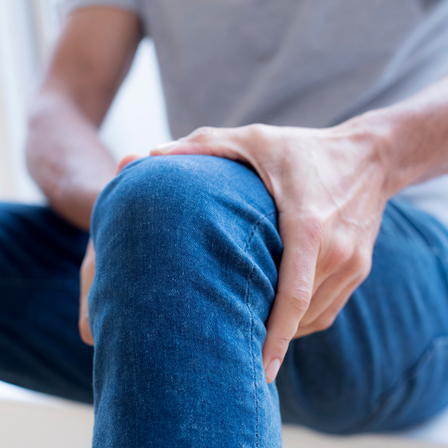
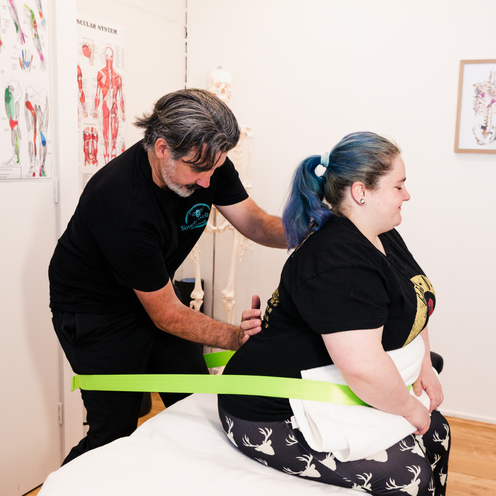
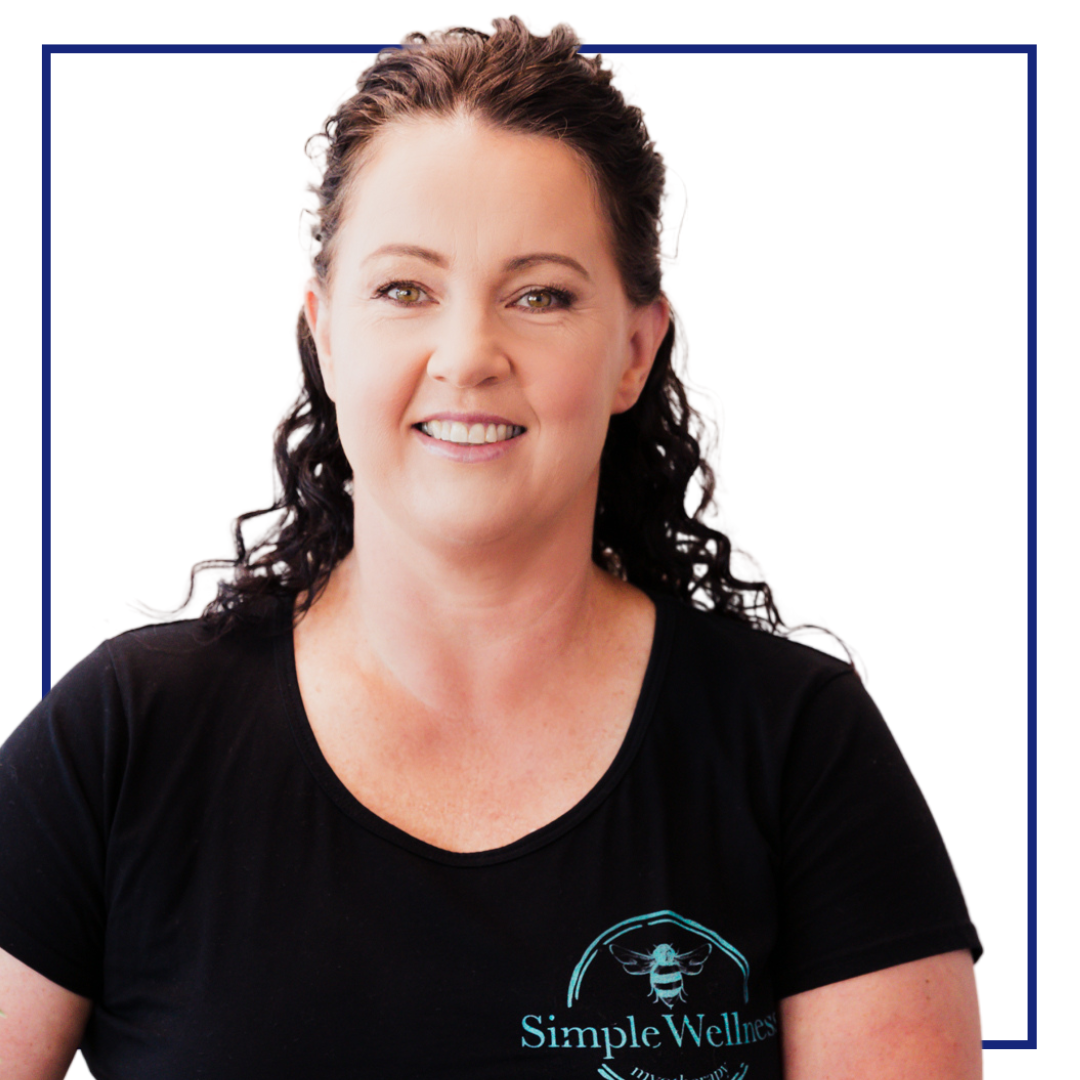

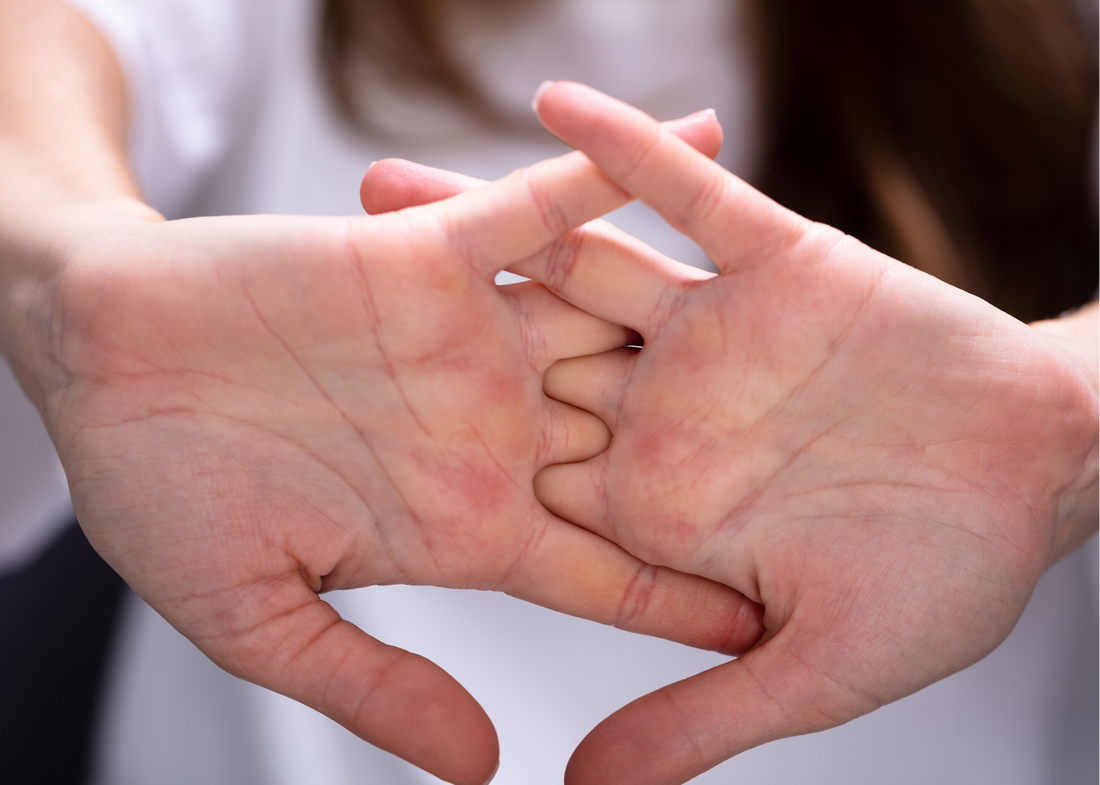
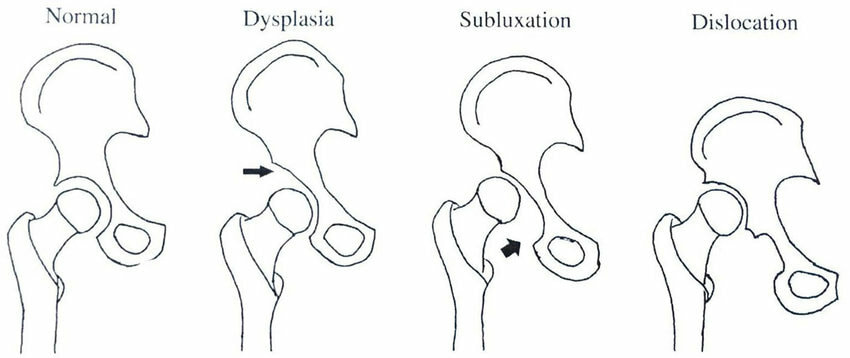
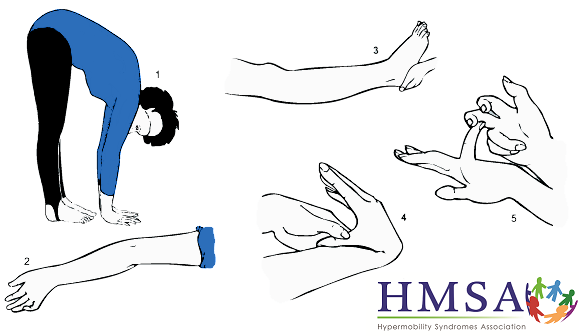

 RSS Feed
RSS Feed